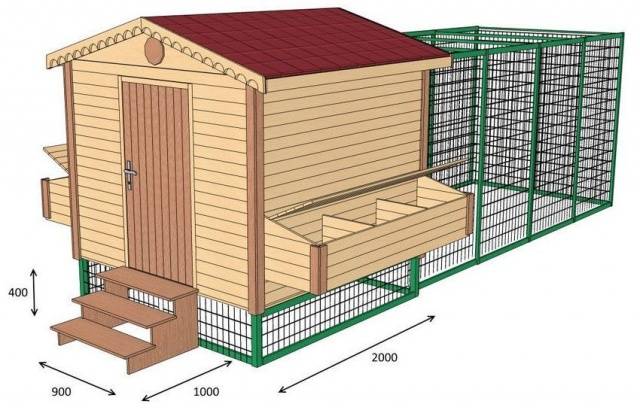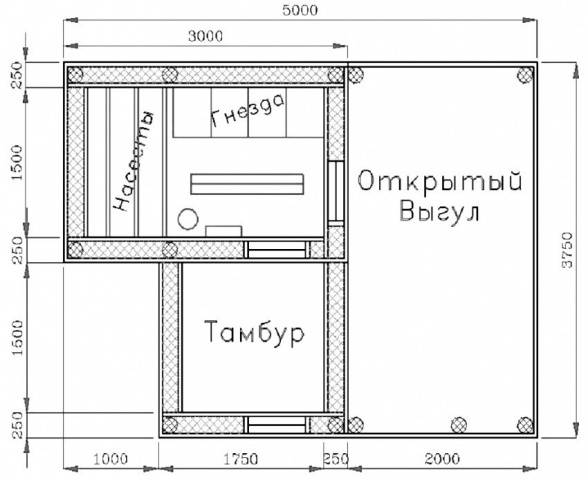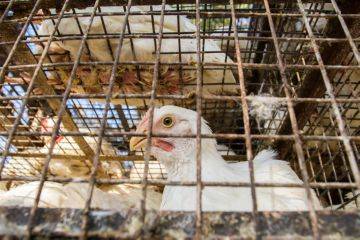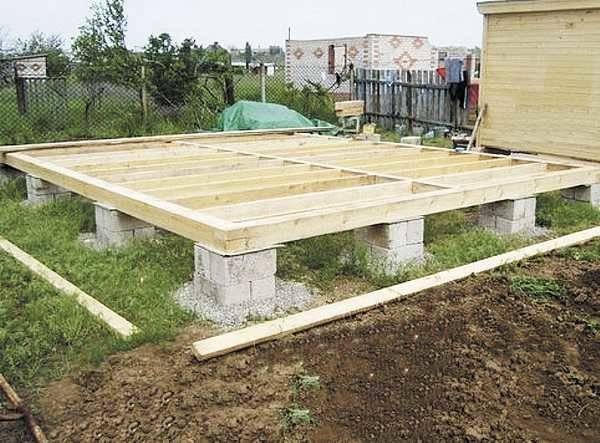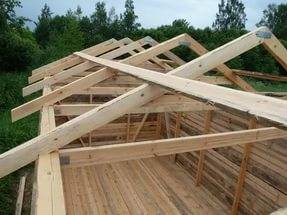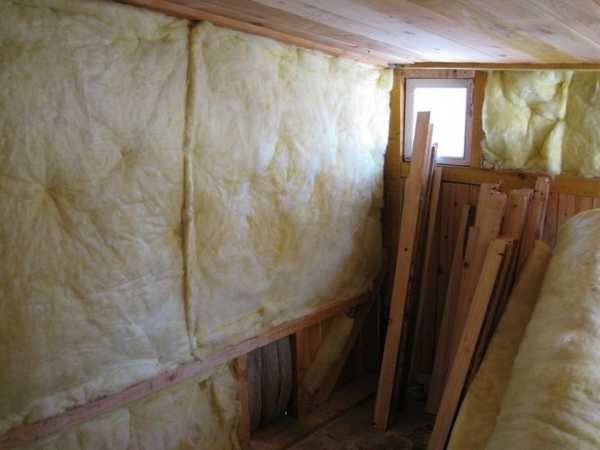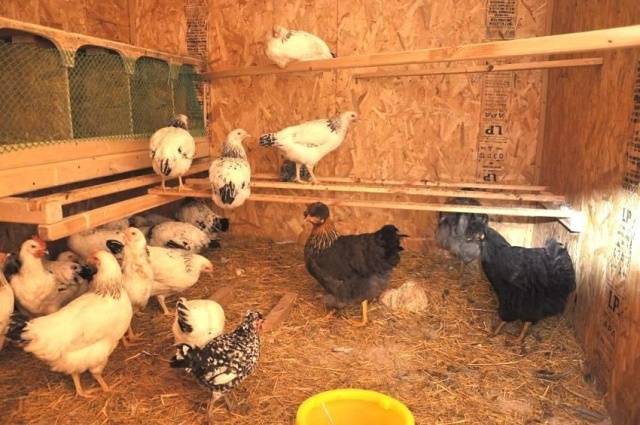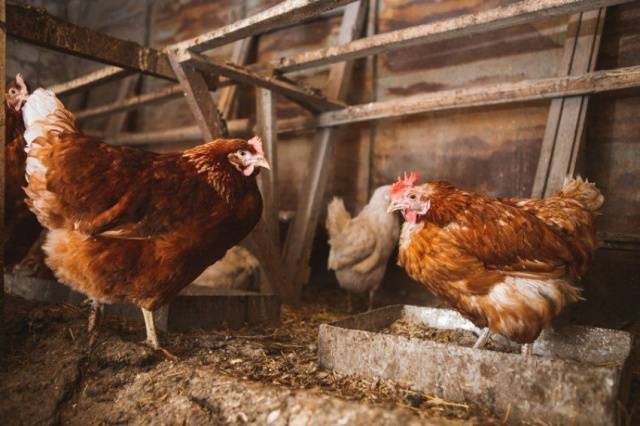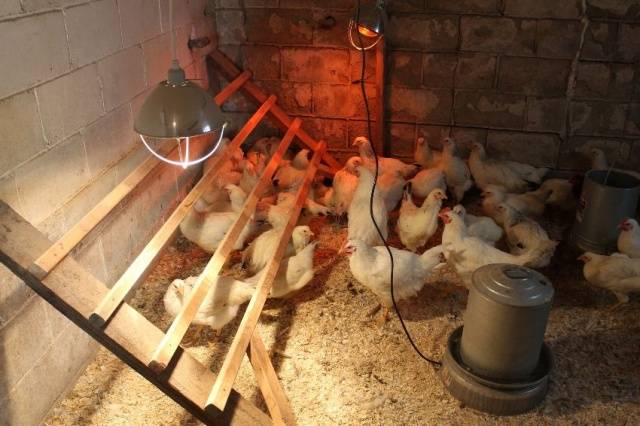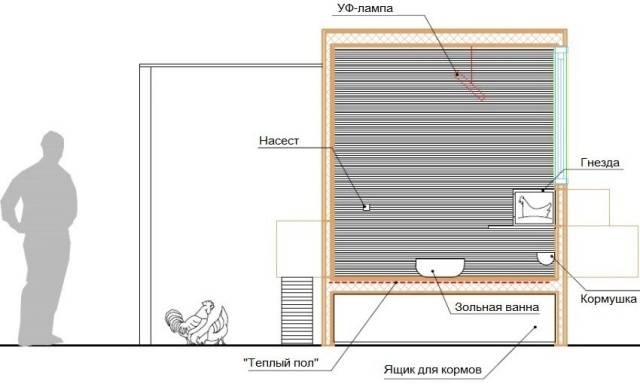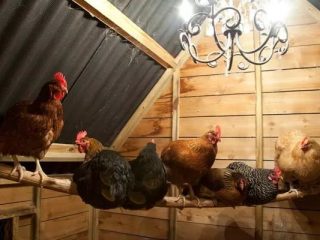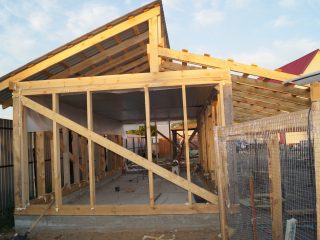Content
Raising ordinary laying hens, the owner wants to have a large number of eggs in the future, and broilers are given birth to get meat as soon as possible. However, it is important to remember that achieving a positive result in both cases is possible if you properly equip the bird's housing. In a cold coop, or if the size does not match the number of birds, egg production will decrease and broilers will slowly gain weight. We will now consider how to build a chicken coop for 20 chickens, because this is the number of livestock that is acceptable for a small private yard.
Determining the design
Even if you are building a small chicken farm in the yard, you need to develop a small project for yourself with a detailed plan. In it, you need to indicate the size of the chicken coop, as well as the type of building material. Let's say broilers are most often bred in the summer. This bird manages to grow in a short period, and in the fall, before the onset of frost, it is allowed to slaughter. In this case, you can make a simple, not insulated chicken coop. For breeding chickens for the egg, you will need to take care of a warm house, where the bird will feel comfortable in severe frosts.
There are different chicken coops, but they are all essentially no different from each other. The appearance of the building resembles an ordinary barn. There is one small difference, though. The photo shows a chicken coop with a walking area made of mesh. This is the best option for both broilers and regular layers.
Such a chicken coop consists of two parts, including a warm room and a summer courtyard made of mesh. A walk-in design will take up a little more space on the site, plus it will cost more. But the owner does not have to worry that his chickens will scatter throughout the territory and harm the garden plantings.
Determine the dimensions
So, we need to calculate the size of housing for 20 chickens, and at the same time provide for walking. It is necessary to proceed from the fact that inside the hen house for two adult birds 1 m should be allocated2 free area. If you want to make a house for 20 chickens, then its minimum area should be about 20 m2.
To make it easier to draw with your own hands drawings of a chicken coop for 20 chickens, we propose to consider a typical scheme in the photo. This option includes open mesh walking.
It is not worth doing a great height because of the difficulty of heating the room in winter. But it must be borne in mind that in a low house it will be uncomfortable for a person to care for chickens. When drawing up a scheme of a house, it will be optimally limited to a height of 2 m.
The video tells about the construction of a chicken coop for layers:
Features of home improvement for broilers
When breeding broilers for meat, the structure of the chicken coop changes only inside. It is unnecessary for a bird to build nests, since at the age of three months they do not rush yet, but they can already be slaughtered. Even inner arrangement of a chicken coop for broilers depends on the way they are kept:
- Floor keeping is suitable for 20-30 birds. Such chicken coops are equipped with mesh enclosures for summer walking.
- In large farms, broiler cages are practiced. A similar option is valid for a household. The cages are placed inside the chicken coop, and it can be made much smaller without an aviary. In broiler cages, it is important to ensure good ventilation.
Broilers love heat, but do not tolerate heat or cold. If it is decided to breed the bird not only in the summer, then the construction of an insulated winter chicken coop with heating will be required.
What is needed to build a chicken coop
You can build a chicken coop for 20 chickens in your yard with your own hands from any material. Suitable bricks, blocks, adobe, sandstone, etc. If there is a shortage of material, the house can be made in the form of a dugout. This option provides for the removal of the walls from the ground by only 0.5 m.On the south side of the chicken coop, windows with two glass panes are placed. The roof and part of the walls protruding from the ground are insulated with any material.
Another budget option for a chicken coop for 20 chickens provides frame technology. That is, the skeleton of a house is knocked down from a bar, after which it is sheathed with a board, OSB or other sheet material. Made winter chicken coop should consist of the inner and outer skin of the frame, between which thermal insulation is placed. To prevent the mice from spoiling the insulation, it is protected on both sides with a fine-mesh steel mesh.
In regions with a not too harsh climate, you can do without the use of insulation if you build a chicken coop from logs or timber. In this case, all the seams must be caulked with tow, and wooden planks must be filled on top.
The video tells about the winter filling chicken coop:
Construction of a winter chicken coop according to a simplified version
So, now we will consider all the steps of building a winter chicken coop with our own hands for 20 chickens, as well as its internal arrangement.
We build the foundation
In the photo we see a columnar foundation. This is exactly what you need to do for the chicken coop. It is distinguished by its low cost, as well as ease of manufacture. There is a more reliable strip or pile foundation, but both options are expensive. Such bases are justified when building a house, and a columnar foundation is also suitable for a chicken coop.
So, let's get down to construction:
- First you need to do the markup. With the help of stakes and a rope, the contours of the chicken coop are determined. Further, through each 1 m, a peg is driven in along the applied markings. It will be the designation for the pit for the foundation pillar.
- Inside the marked rectangle, a sod layer about 20 cm thick is removed with a shovel. In place of the hammered stakes, square pits 70 cm deep are dug.The width of their walls depends on the blocks used for the foundation. For example, for two bricks, the width of the walls of the holes is 55 cm.
- Now, along the perimeter of the foundation of the chicken coop above the pits, you need to pull another cord. Its height above ground level should be 25 cm. The height of the pillars will be leveled along this cord, so it is important to pull it on strong stakes strictly according to the level.
- At the bottom of each hole, a 5 cm layer of sand is poured, and the same amount of gravel. Two bricks are laid on top, cement mortar is applied, after which two bricks are again placed only across. The laying of each pillar is continued until their height reaches the level of the stretched cord.
The pillars are ready, but inside the marked rectangle there is a depression after removing the sod layer. It is better to cover it with gravel or fine gravel.
Erection of walls and roof of a chicken coop
For a simplified version of the chicken coop, it is better to make the walls wooden. First, a main frame is built from a bar with a section of 100x100 mm, and it is laid on the foundation pillars.At the same time, do not forget to put pieces of waterproofing, for example, from roofing material. Racks are attached to the frame from the same bar, after which the upper strapping is made. In the window and doorway between the racks, jumpers are attached. When the frame is ready, proceed to sheathing with the selected material.
It is better to make a gable roof on the hen house. To do this, triangular rafters are knocked down from a board with a section of 50x100 mm. The structures are attached to the upper frame of the frame with a step of 600 mm, while all the elements are connected to each other from above with a crate made of a board 25 mm thick. For roofing, it is better to choose lightweight materials. Corrugated board or soft roof is suitable.
Ventilation arrangement
To make the chickens comfortable in the house, you need to take care of clean air. The photo shows the simplest version of natural ventilation using a window.
You can go the other way by making ventilation in one of the following ways:
- Two air ducts are led out of the chicken coop through the roof. They are placed at different ends of the room. The end of one pipe is made flush with the ceiling, and the other is lowered 50 cm below.
- Since the built chicken coop on a columnar foundation is raised above the ground, ventilation can be done directly in the floor. To do this, make several holes at different ends of the room.
All ventilation ducts are equipped with dampers so that the flow of cold air can be regulated in winter.
Insulation of the chicken coop
To keep warm inside the hen house in winter, the house needs to be insulated. Mineral wool or foam can be glued inside the walls between the double cladding. In this case, the thermal insulation is protected by steam and waterproofing. A budget option will be sawdust covered between the cladding. You can use clay with straw.
The ceiling in the chicken coop must be lined with plywood, OSB or other sheet material. Sawdust is thrown over the top, but you can use simple dry hay or straw.
Floor the chicken coop needs to be insulated necessarily, because it is from below that the cold enters the room. The photo shows a diagram of a double floor, where the same sawdust was used as insulation.
All elements of the chicken coop need to be insulated, otherwise heat loss will increase, and the room will have to be heated more.
The video shows the manufacture of a chicken coop:
Internal arrangement of the chicken coop
The interior arrangement begins with the manufacture of perches. One bird needs about 30 cm of free space on the perch. This means that for 20 heads the total length of the perch is 6 m, but it should not be made that long. The perch is made of a bar with a section of 30x40 mm in several tiers.
No more than ten nests are needed for twenty chickens. They can be made of a closed type in the form of a house or completely open. The nests are knocked down 30x40 cm in size from boards or plywood. Straw is poured at the bottom, but sawdust is also suitable.
It is important to provide artificial lighting in the chicken coop. Broilers especially need light, as they constantly eat, even at night. For lighting, it is better to use lamps closed with a shade.
Heating will be required in winter... For these purposes, it is convenient to use fan heaters or infrared lamps. They are installed in conjunction with temperature controllers to help automate the process.
Conclusion
If the owner managed to provide the chickens with optimal living conditions, the hens will soon be thanked with a large number of eggs.
